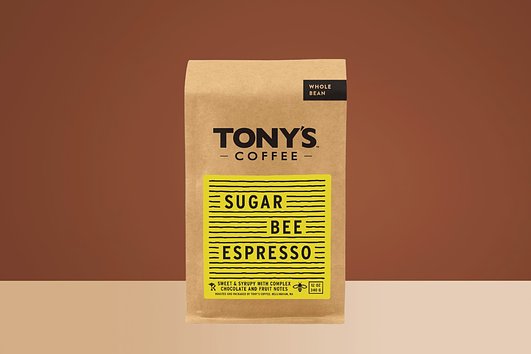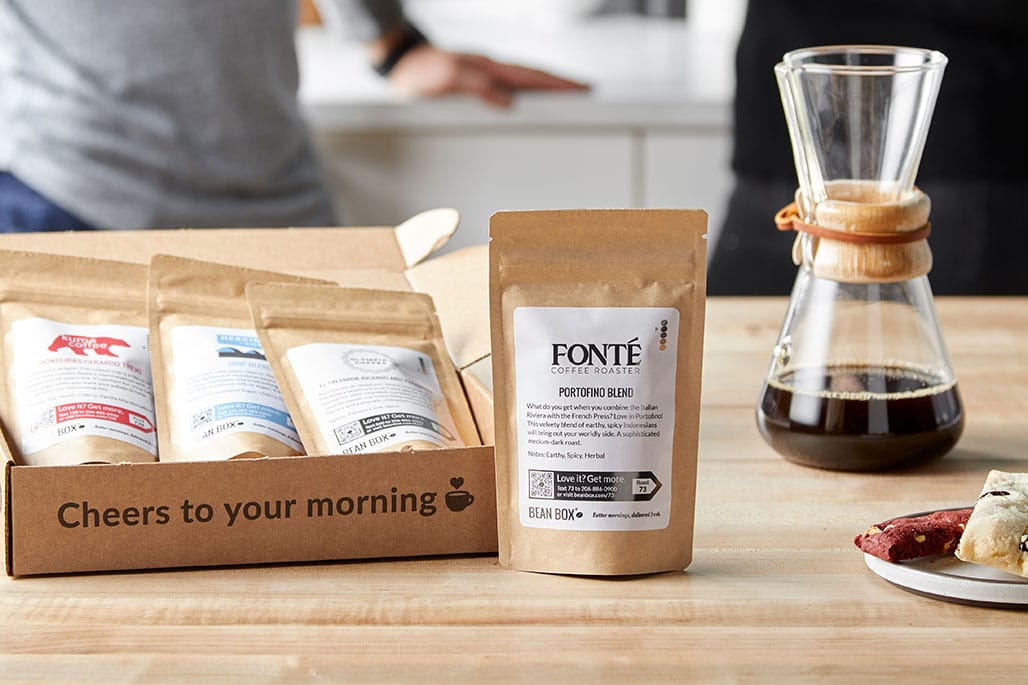4 Ways to Make Strong Coffee
Matthew Berk
• April 01, 2021
Ask 10 people what kind of coffee they like, and nine of them will tell you only that they "like it strong."
Our perception of the "strength" of coffee is a really complex thing: it comprises how we feel about everything from the tasting notes of the coffee, to its body and mouthfeel, to how much caffeine or "kick" it has, to the color of the brew in the cup, to our preference for a specific roast profile and even, occasionally, what's written on the label.
If you want to know how to make strong coffee, or even just refine your coffee palate to learn how to identify different kinds of strength, here's what you need to do.
Use the Right Coffee-to-Water Ratio
No matter what beans you use, you can always up the strength of your coffee by simply using more grounds. The generally accepted coffee-to-water ratio for drip, for example, is around 15-1 or 16-1. To up the overall strength of the brew, just use more grounds. It's that simple.
Focus on Your Brew Method
Of course, straight espresso pulls are highly concentrated, as extraction is the result of both pressure and heat. And increasingly, cafes are commonly using double- or even triple-volume baskets in their portafilters, which only maximizes the water-to-coffee ratio. While espresso is at the top of the coffee strength pyramid in terms of the concentration of extracted coffee, it's harder to linger over your cup and more difficult to make at home.
If you're keen on the strength of the brew, the AeroPress or French press are great choices: the grounds are literally suspended in the water during extraction, and although they're filtered out, your final cup will still contain coffee particulate, which continues to extract over time, adding to the overall strength of the cup.
Finally, if you're brewing drip or a pour over, consider trying a cone filter instead of paper; you'll filter less particulate out, but that'll ultimately lead to stronger coffee.
Choose a Roast Profile You Like
The conventional wisdom that dark equals strong and light equals weak only works if you associate the taste notes of roasting with strength. In fact, if you're not measuring out your coffee by weight, rather than volume (i.e. scoops over scales), lighter roasted coffees will always brew stronger, as the beans (and the grounds) are heavier and denser by unit volume. That said, taste is all about perception: if a darker, smokier, "roasty" taste is what you prefer, then you'll always associate those notes with strength. They're generally easier to perceive and identify in the cup than taste notes like citrus, berry, cinnamon, and the like.
Understand the Psychology of Drinking Coffee
Drinking coffee is all about the senses, and although our perception is based on environmental factors like chemistry and physics, how we feel about what we're drinking can overwhelm other inputs. We've seen folks at coffee tastings be thrown by looking at the color of the beans or the grounds, the opacity of the brewed coffee, the mere mention of the word "light," and whether they're drinking out of a glass or a ceramic cup (hint: white ceramic gives higher contrast, making the coffee look stronger!). If you're in coffee-sampling mode and just starting to expand your palate, try a slightly stronger brew ratio, as well as closing your eyes when you first sip a new coffee.
We want to help you make better coffee at home. Our recommendations are our own, and never sponsored. If you see something you love and buy it through our links, we may receive an affiliate commission (thanks for that!).





